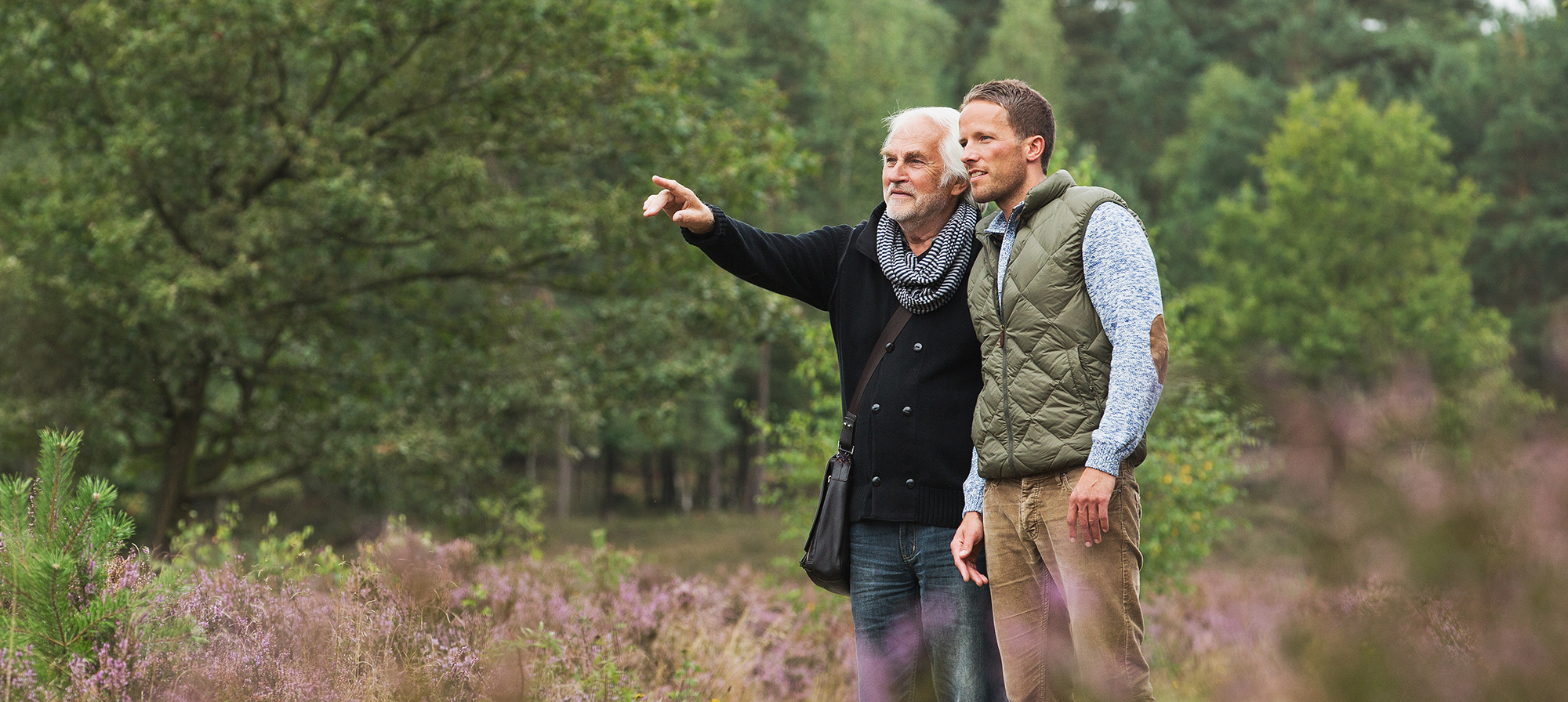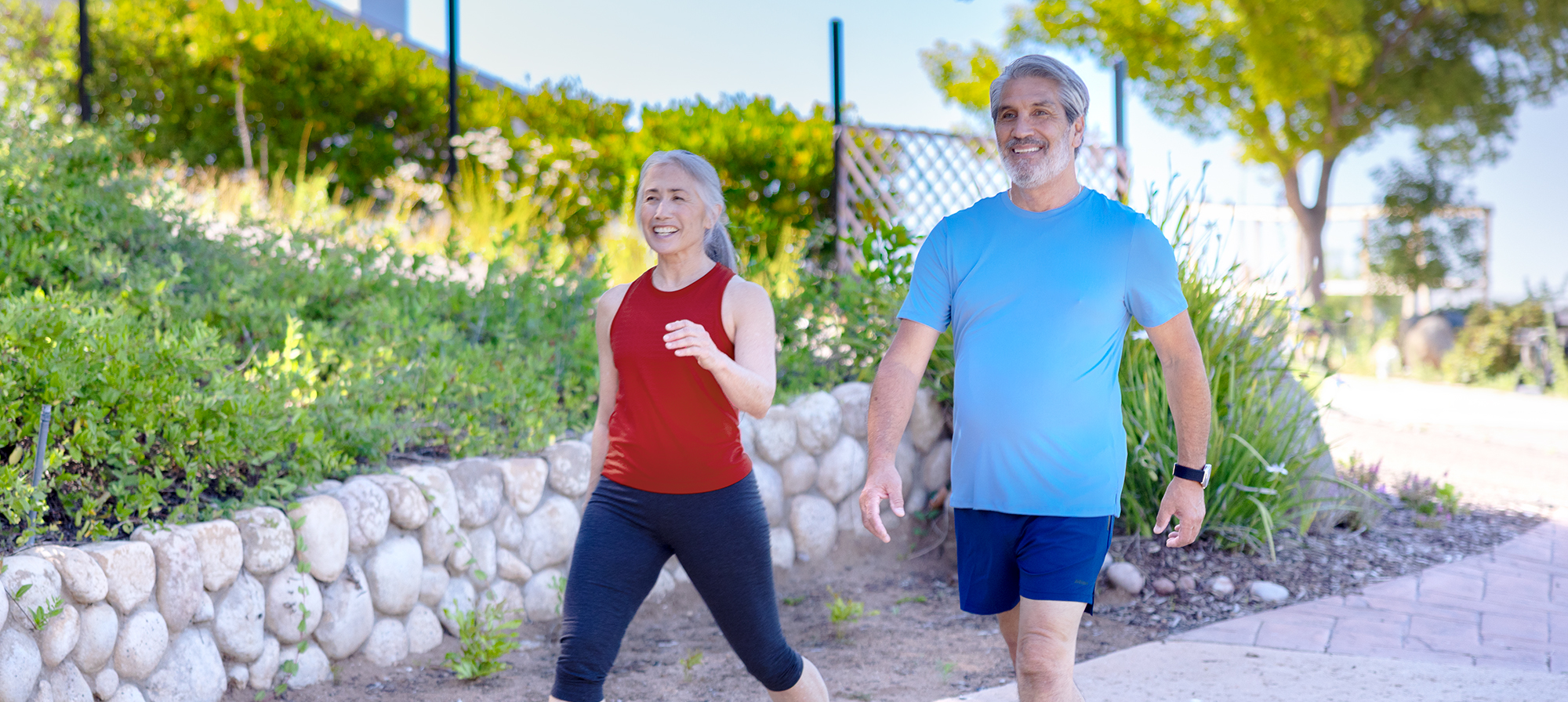Birdwatching, or birding, is low in cost and easy to start doing. It can inspire you to move more, learn new things, feel more serene, and even make friends. Throw in a colorful adventure or 2, and—like one seasoned birder—you just might find that birding has changed your life.
Meet Lisa. By trade, she is a public relations specialist and freelance writer living in Southern California. But by avocation? Lisa is an avid birder. To speak with her is to be swept into a world of adventure and curiosity. Hers is a full-color life.
On a spring afternoon, Lisa sat down with Silver&Fit to share fascinating glimpses into her life as an avian adventurer, along with thoughts on the rewards of birding and tips on how to get started.
For Lisa, it all started with a little “spark.”
“It’s kind of funny because my husband and I have always been avid travelers,” Lisa said. “But we never thought about birding until 2007.”
That was the year they planned a trip to Costa Rica “for waterfalls, ziplining, hiking, and exploring,” she said. “In doing my research, I saw this beautiful, amazing bird called the Resplendent Quetzal.” 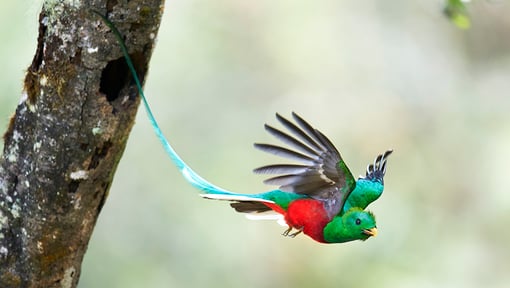 To illustrate her point, Lisa pulled up an online photo of an extraordinary bird. “I looked it up for you because … once you see it, you’ll know why it attracted me.”
To illustrate her point, Lisa pulled up an online photo of an extraordinary bird. “I looked it up for you because … once you see it, you’ll know why it attracted me.”
Indeed, the bird does not disappoint. As its name suggests, it is resplendent in deep blues, greens, and reds, and its tail feathers extend like long, swirling plumes of teal smoke.
“We call that a ‘spark bird.’ It's the bird that intrigues you so much that it starts you on this birding journey to see what other amazing birds are out there.”
Not all birders start off in such grand fashion, though. For many, taking up the pursuit is as simple as filling a backyard bird feeder and watching nature take its course.
Whether you dabble in backyard birdwatching or fully embrace the birding lifestyle, you can reap its many rewards.
The benefits of birding
Birding is an invitation to experience, observe, and learn about your world. Studies show it can also positively impact your health, well-being, and quality of life in a number of ways.
- Physical health. Spending more time each day moving—and less time sitting —is a simple, proven way to bolster your health and lower your risk for disease. That’s especially true if you’re not very active now.
Birding can involve plenty of walking and standing, both of which can help improve stamina and balance. Lifting and holding binoculars may even help strengthen and tone arms and shoulders. Moving along trails, through a park, around your neighborhood, or even in your own yard is a wonderful way to get more active. You will engage your muscles, move your joints, and increase your heart and breathing rates. - Brain health. Some studies (like this one ) suggest that activities involving learning and remembering can help improve thinking speed, memory, and reasoning.
Birding trains memory, focus, alertness, perception, and recall. “Just listening, looking, and observing,” Lisa said, it’s “surprising how much how much you'll see. And I think it tunes you in to be more aware.”
Birders learn to identify birds by noting physical details like tail and beak length, colors, and other markings. They also study behaviors and sounds. With practice, birders tend to become quicker at identifying, on sight or by sound, the birds whose traits they have memorized. This kind of training may help with everyday tasks, like problem-solving and driving.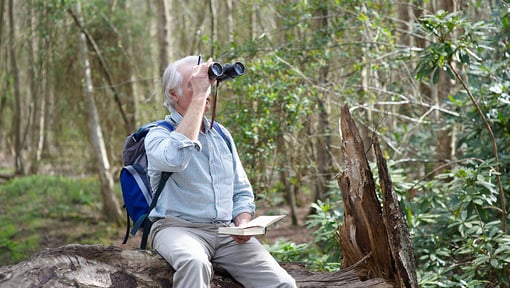
- Mental health and well-being. The benefits of nature on mental health are well known. With older adults now reporting higher rates of depression and anxiety, coping in healthy ways is an essential piece of staying well.
“I think most of us are stressed out and we live life in a stressed-out way,” Lisa said. “I find when I go birding it's quieting. And I need the quiet away from the noisy city because of mowers, blowers, and loud cars. Birding allows me that escape, to get out in nature. That's very relaxing.”
And the benefits are not reserved for birders who go far from home. “Birding is as simple as walking out into your backyard and sitting for a moment … [I]t's finding some quiet time in your backyard or it's taking that walk around your neighborhood.
“The things that we think are important kind of melt away while you're watching birds and the many challenges they face in daily life.” That greater awareness and appreciation for nature, she adds, is “restorative, it’s meditative.” - Social connections. Strong relationships can provide love, comfort, and support—all key ingredients in healthy aging. But maintaining relationships can be a challenge later in life, and forming new ones even more so.
Birding has a robust social community, with many ways to connect. As an outdoor activity, birding was relatively unhindered by pandemic shuttering.
“There was a silver lining there for us as birders,” Lisa said. “We could still go out and do our birding. We still could see our birding friends outdoors by practicing social distancing,” she said. “It didn’t really impede our social life that much.”
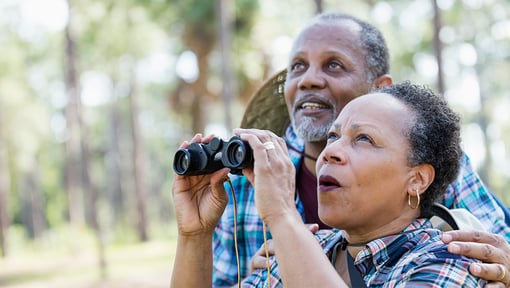 Becoming a birder
Becoming a birder
Like other forms of outdoor recreation, birding has soared in popularity in recent years. An exact figure is hard to pin down, but estimates suggest that Americans who practice some form of birdwatching number in the tens of millions. There are many levels of engagement and many ways to get engaged:
At-home birding. Part of the beauty of birding is its beginner-friendly simplicity. Lisa recommends testing your interest by putting out a bird feeder. You can fill it with a wild birdseed mix and just see what shows up.
Neighborhood birding. If you’re able and willing to venture a bit further from home, you can walk around your neighborhood. Or head to a park or some nearby trails.
Local birding. If you enjoy birds and you’re in the mood for more of a quest, you can head out for a longer outing. You might even try to sight a specific bird. For this kind of activity, you would dress for hiking. And you might take binoculars, a backpack, a camera, and whatever water and snacks you need.
“We typically use eBird to look up rare birds in our area,” Lisa said. “For example, this last weekend, there was a report of a Varied Thrush, which I'd never seen (and) which is very atypical for Southern California.
“So, after studying the reports of where this bird was sighted, we got up at 5:00 a.m. to drive an hour to the park,” she said. “We searched for several hours but never saw that bird, though we saw and photographed many other beautiful birds.”
Fortunately, a quest’s success is not only defined by whether you spot the exact bird you seek. But persistence is key. The next weekend she went back to the park and, after searching for another couple of hours, she finally saw and photographed her Varied Thrush.
“That was fun and a cool bird,” Lisa added.
Destination birding. Although expensive, traveling for birding is perhaps the most thrilling level of engagement. If a birding vacation is out of the question, think about combining birding with other travel plans.
So, if you are planning a trip for other reasons, as Lisa and her husband were in 2007, you might give some thought to including local birds in your plans. After all, making time for one Resplendent Quetzal proved to be a life changer for them—and the start of an adventure that continues to this day.
“We had to go to the special cloud forests in Costa Rica, which was probably 3 hours out of the way on a very rocky dirt road that rattled our car and our bones," Lisa said. "But we hired a bird guide in the cloud forest.”
With the guide’s help, they finally saw their quetzal. Before they returned home, they also spied Scarlet Macaws and several Keel-billed Toucans.
Since that trip, Lisa has amassed a “life list” that totals about 450 birds, including those she sighted in places as remote as Ireland, Peru, the French Caribbean, and the Virgin Islands.
And she has no intention of stopping there.  Birding gear basics
Birding gear basics
Birding does not have to be a costly endeavor. In fact, you can observe birds for free. But if you want to enrich your experience, you might want to get a field guide or use a mobile app to help you identify the birds you see. A notebook and pen can also be handy for logging any birds you spot.
If you want to get a closer look, a pair of binoculars will be helpful. They come in various sizes and strengths. In general, the stronger the magnification, the heavier they will be. So, you might have to try a few to find the ones that work best for you.
A camera will give you a chance to capture the beautiful images you see. A phone camera may be all you really need.
Resources for birders
- National Audubon Society, online magazine: https://www.audubon.org
- eBird, The Cornell Lab of Ornithology: https://ebird.org/home
- How to Begin Birding, by Nicholas Lund: https://www.audubon.org/news/how-begin-birding
- ABA Code of Birding Ethics, American Birding Association: https://www.aba.org/aba-code-of-birding-ethics/
- Lisa has published numerous articles on her birding adventures. Here are just a few:
“Winging It: Discovering the Caribbean Birding Trail" —Part 1, Guadeloupe”
“Winging It: Discovering the Caribbean Birding Trail" – Part 3, St. Lucia”
“Island Hopping: Birding the U.S. Virgin Islands" – Part 1, St. Croix”
“Island Hopping: Birding the U.S. Virgin Islands" – Part 2, St. John”
Not a Silver&Fit® member? Learn more about everything the program has to offer, including more helpful healthy living tips like this, here on our website.
This information is not intended to take the place of regular medical care or advice. Please check with your doctor before using this information or beginning any self-care program. Images used for this article do not depict any members of the Silver&Fit Program.
References
Adams, J. U. (2019). Birding with benefits: How nature improves our mental mindsets. Audubon. https://www.audubon.org/magazine/winter-2019/birding-benefits-how-nature-improves-our-mental
Cox, D. T. C., Shanahan, D. F., Hudson, H. L., Plummer, K. E., Siriwardena, G. M., Fuller, R. A., Anderson, K., Hancock, S., & Gaston, K. J. (2017). Doses of neighborhood nature: The benefits for mental health of living with nature. BioScience, 67(2), 147-155. https://doi.org/10.1093/biosci/biw173
Janeczko, E., Lukowski, A., Bielinis, E., Woznicka, M., Janeczko, K., & Korcz, N. (2021). "Not just a hobby, but a lifestyle": Characteristics, preferences and self-perception of individuals with different levels of involvement in birdwatching. PLoS One, 16(7), e0255359. https://doi.org/10.1371/journal.pone.0255359
Laskowski, E. R. (2022, July 13). What are the risks of sitting too much? Mayo Clinic. https://www.mayoclinic.org/healthy-lifestyle/adult-health/expert-answers/sitting/faq-20058005
Lund, N. (2015, May 12). What bird guide is best for you? Audubon. https://www.audubon.org/news/what-bird-guide-best-you
Outdoor Industry Association. (2021, June 22). 2021 outdoor participation trends report. https://outdoorindustry.org/resource/2021-outdoor-participation-trends-report/
Tennstedt, S. L., & Unverzagt, F. W. (2013, December). The ACTIVE study: Study overview and major findings. Journal of Aging and Health, 25(8 Suppl), 3S-20S. https://doi.org/10.1177/0898264313518133
Ussery, E. N., Fulton, J. E., Galuska, D. A., Katzmarzyk, P. T., & Carlson, S. A. (2018, November 20). Joint prevalence of sitting time and leisure-time physical activity among US adults, 2015-2016. JAMA, 320(19), 2036-2038. https://doi.org/10.1001/jama.2018.17797
Webb, L. M., & Chen, C. Y. (2022, January). The COVID-19 pandemic's impact on older adults' mental health: Contributing factors, coping strategies, and opportunities for improvement. International Journal of Geriatric Psychiatry, 37(1). https://doi.org/10.1002/gps.5647
This article was written by Candace Hodges, edited by Jason Nielsen, and clinically reviewed by Jossue Ortiz, DC. Last reviewed on March 2, 2025, by Elizabeth Thompson, MPH, RDN.
